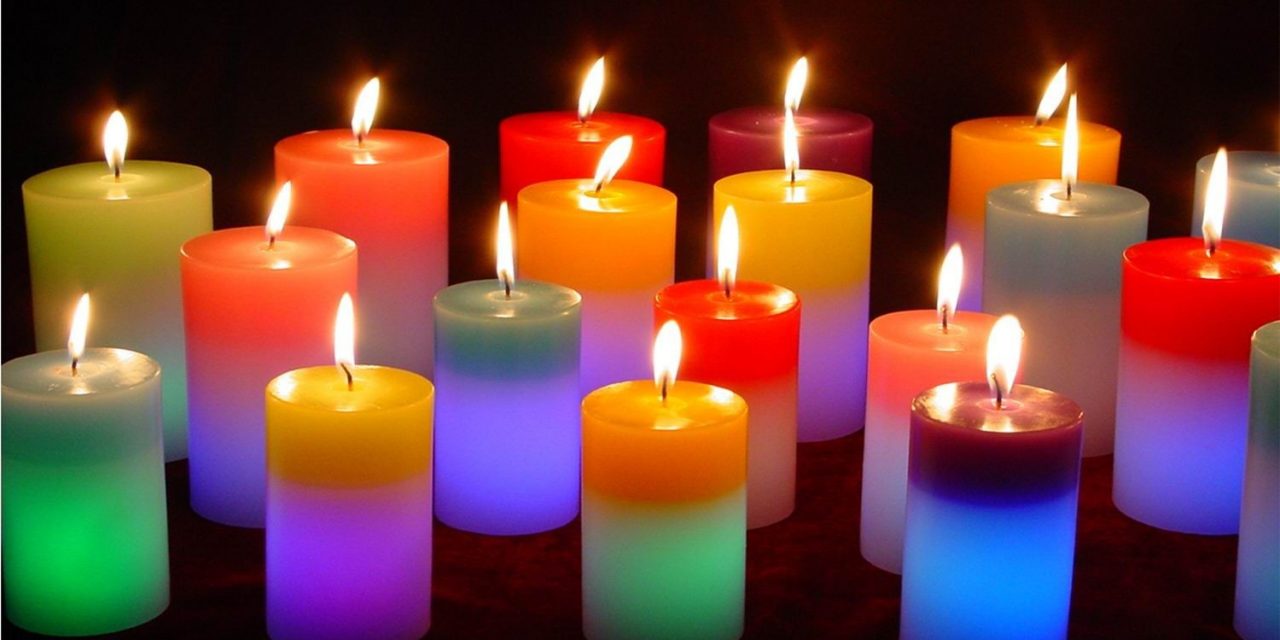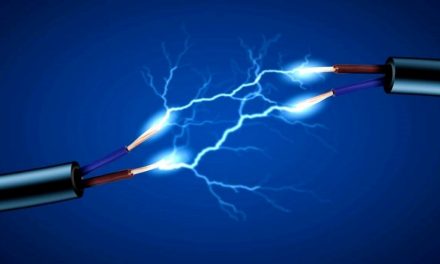In this article I want us to look at the candle manufacturing business in Zimbabwe. Candles are needed because most people still face power shortages and that some are not even connected to the grid at all. This can be a lucrative venture to start if you are thinking of entering the light manufacturing industry. I even recall an initiative that was once started by Tongayi Marufu from Chitungiwza. He secured 150 candle making machines which he availed to interested families who would pay for the machines after selling their candles. Anyways, let us get into how you can start this business.
Approaches
Candles are usually made for use as lighting in households. As much as this is the most common use candles are used for several other things. Candles can be made in such a way that they are scented. This means when they are put on they will dispense fragrant scents. It is not surprising to find candles used as decorations on cakes, on dinner tables, in saunas, bathrooms and the so on. The different uses define how the candles have to be made in the first place. In settling for your niching approaches these are some of the considerations to make.
Key Requirements
Candle making needs candle making machines. Indigenous machines are usually cheaper than those that are imported. Let us consider a machine that can make 36 candles in 20 minutes. Candle making machines might not be that easy to come by – judging from how there is little to no information on them online (within the context of Zimbabwe). This means you might have to import them or get someone to import for you. The closest place you can think of is South Africa. In SA you can check out ZHAUNS – they specialize in what they call business opportunity machines. The other supplier you can check out is African Wax Pvt) Ltd – they specialize in handcrafted candles and candle machines. They also have candle making kits and supplies. Their machines average between 1368 and 1824 candles per hour.
Human Resources
For example, a candle making machine with the capacity to produce 210 candles per hour will need just one person to operate. It is not really a labour-intensive business but more hands become necessary when the scale of production goes up.
Capital
Capital needs are informed initially by the cost of the key requirements. The candle making machine or machines are the most significant cost. The key ingredient required for making candles is wax (also known as paraffin wax). Other alternative waxes are beeswax and soy wax. Other working materials can be fragrance oils, colourants (or dyes), wicks, and moulds amongst others. The price range of candle making machines ranges from US$500 to US$3000.
Market
You have to be strategic about the market because the use of candles is need-based. There are areas where you know candles are needed always e.g. rural areas. Then some areas are characterised by regular power shortages. You can also look at residential areas still being developed where power connections are not yet there.
All these are niching options especially for the use of candles for lighting purposes. You can also explore the other uses for candles e.g. decorations, religious activities, scent dispensers and the like. I cannot stress enough the importance of comprehensive market research in this business. The market dynamics are not really black and white so be very careful.
Regulation
Manufacturing, in general, tends to come with its set of regulatory frameworks. You must ensure that you check all the boxes when it comes to any regulation that might be there. Like I usually advise; first, check with local authorities before commencing anything. You can also talk to current players in the domain to get a hang of any such things you ought to know.
Some entrepreneurs already doing this business cite two major challenges. These are the shortage of wax and fierce competition from other players. This means if you streamline those two areas you will definitely have a superior advantage over other players. You would be amazed at how candles are imported into the country yet they can be locally produced.









I wish to join those who already in production ,i need more information
Thank you
Thank you . That was quite helpful.
Glad it was helpful TK